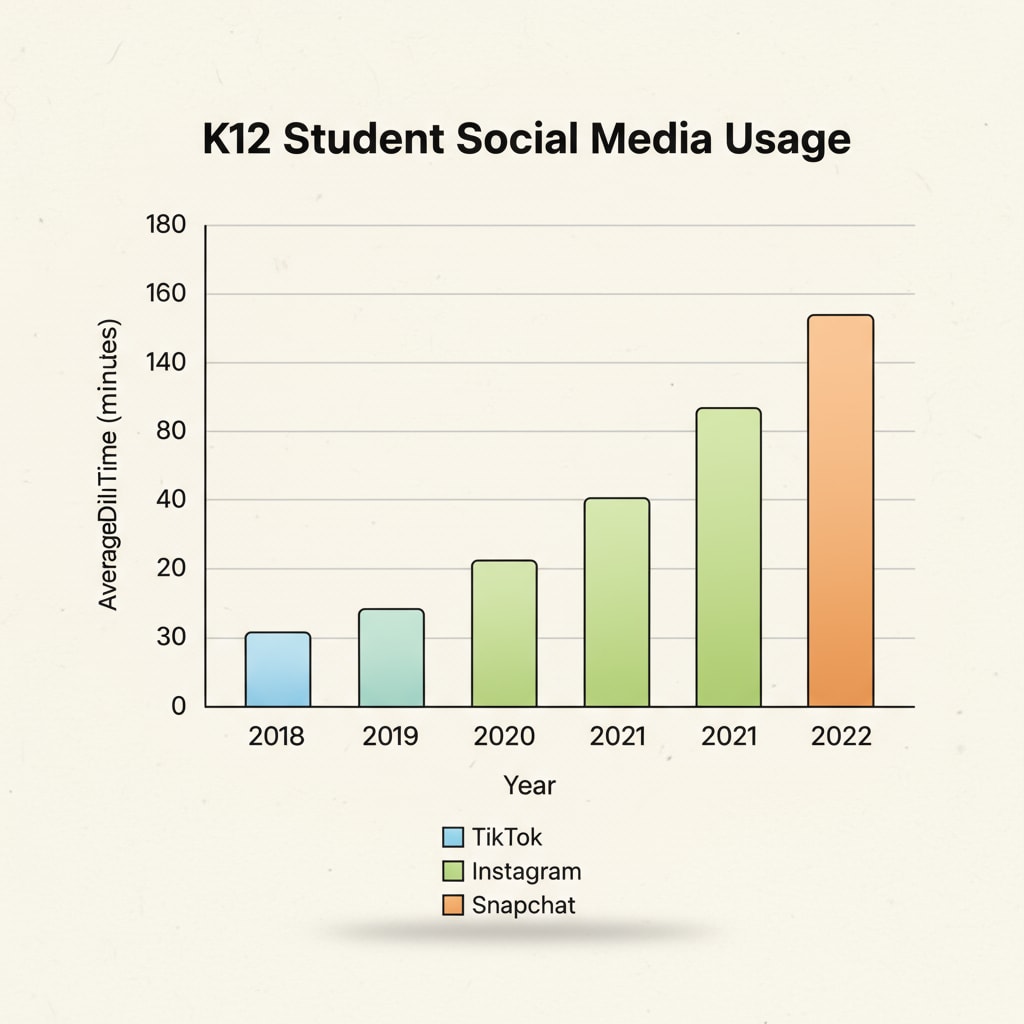In the digital era, the attention economy, information desert, and technology addiction have become significant concerns, especially when it comes to the cognitive development of K12 students. The allure of the digital world is like a powerful magnet, pulling students’ attention away from deep thinking and focused learning.

As technology continues to evolve, it’s crucial to understand the implications of these phenomena on young minds.
The Attention Economy’s Grip on K12 Students
The attention economy thrives on capturing and monetizing people’s attention. For K12 students, this means being bombarded with a constant stream of content designed to keep them engaged. Social media platforms, for example, use algorithms to show users what they’re likely to click on, creating an endless cycle of scrolling. According to Wikipedia’s page on the attention economy, this constant pursuit of attention can lead to a lack of focus and reduced ability to engage in deep thought. Students may find themselves jumping from one piece of content to another, never fully immersing themselves in a topic.

The Information Desert and Its Consequences
The information desert is another challenge faced by K12 students. In the vast ocean of digital information, students often struggle to find reliable and in-depth content. Instead, they’re surrounded by shallow, clickbait-style information. This can lead to a surface-level understanding of subjects and a lack of critical thinking skills. As described on Britannica’s page on information overload, the overwhelming amount of information can make it difficult for students to discern what’s truly valuable. They may be exposed to misinformation, which can further hinder their cognitive development.
Technology addiction also plays a significant role. When students become addicted to their devices, they may neglect other important activities such as reading, physical exercise, and face-to-face interactions. This can have a negative impact on their overall cognitive and social development. For example, excessive screen time has been linked to problems with memory, concentration, and problem-solving.
Readability guidance: We’ve explored how the attention economy, information desert, and technology addiction are affecting K12 students. Now, it’s essential to consider solutions. Educators can play a vital role in helping students develop healthy digital habits. By teaching digital literacy skills, students can learn to navigate the digital world more effectively. Additionally, creating a balanced learning environment that includes both digital and offline activities can help students maintain their cognitive focus. In conclusion, addressing these issues is crucial for the future of K12 students’ cognitive development.


